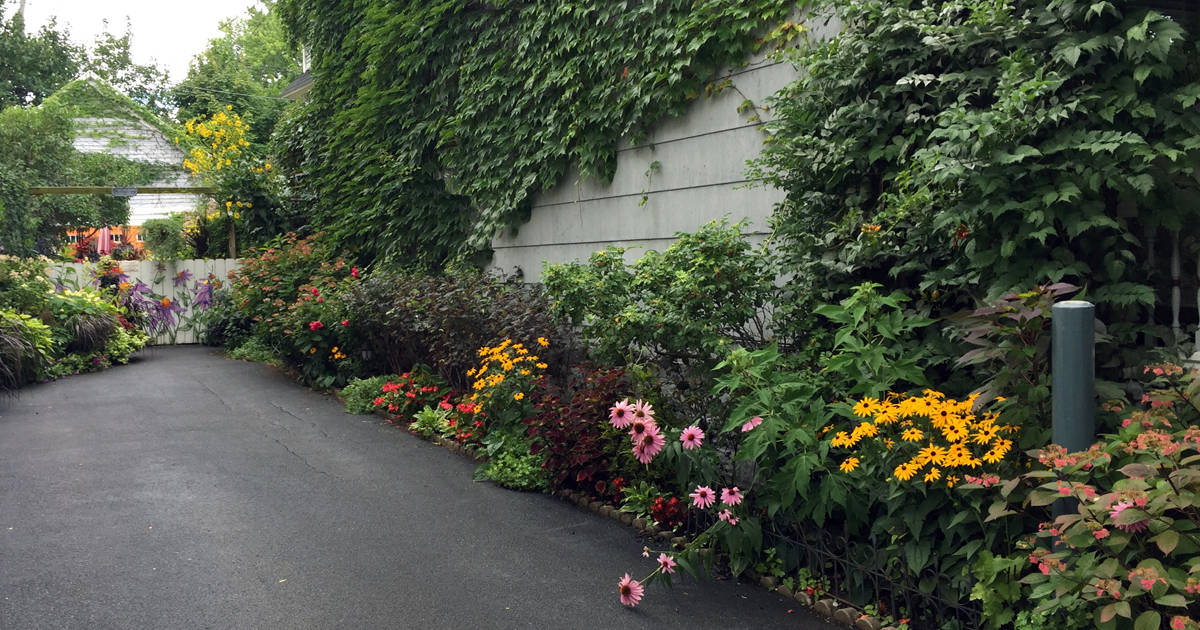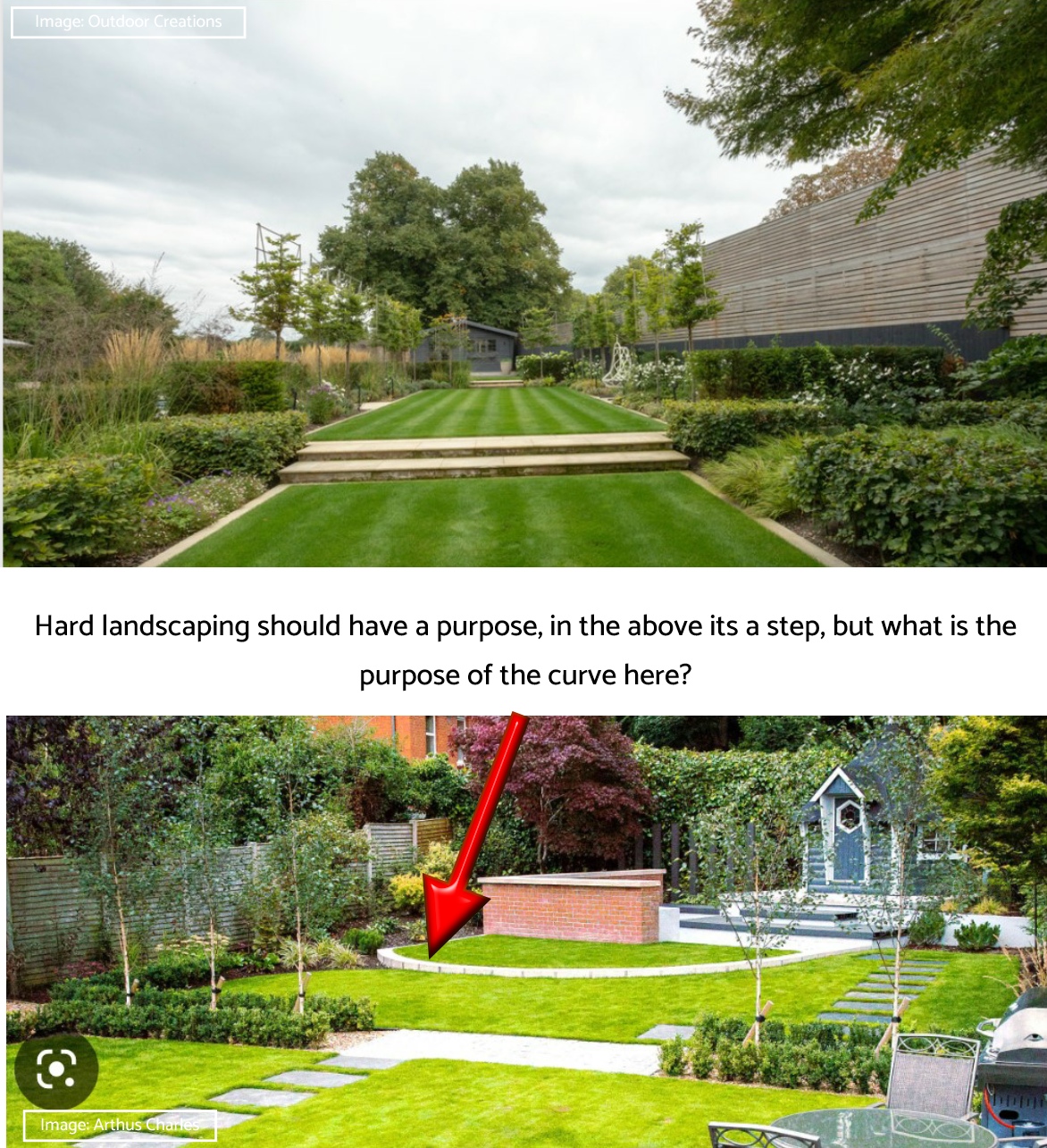Little Known Facts About Hilton Head Landscapes.
Little Known Facts About Hilton Head Landscapes.
Blog Article
The 25-Second Trick For Hilton Head Landscapes
Table of ContentsHow Hilton Head Landscapes can Save You Time, Stress, and Money.Our Hilton Head Landscapes StatementsThe smart Trick of Hilton Head Landscapes That Nobody is Talking AboutHilton Head Landscapes - QuestionsSome Of Hilton Head LandscapesGetting My Hilton Head Landscapes To WorkThe Only Guide for Hilton Head Landscapes
Line develops all forms and patterns and can be used in a variety of methods the landscape. Line in the landscape is produced by the edge in between two products, the overview or shape of a form, or a lengthy linear attribute. Lines are an effective tool for the designer since they can be made use of to produce a boundless range of shapes and kinds, and they regulate movement of the eye and the body.

Lines in the landscape. The residential properties of lines figure out exactly how individuals react to the landscape, both psychologically and physically.
Hilton Head Landscapes - Truths
Straight lines are frequently discovered in hardscape sides and product. Curved lines create a casual, all-natural, unwinded personality that is associated more with nature and asymmetrical equilibrium. Bent lines relocate the eye at a slower rate and include mystery to the space by producing concealed sights. Upright lines relocate the eye up, making an area really feel larger.
Upright lines in the landscape consist of tall, narrow plant material, such as trees, or tall structures, such as an arbor or a bird home on a pole. Horizontal lines move the eye along the ground airplane and can make an area really feel bigger. Low lines are extra subdued and create a sensation of remainder or repose.
Some Known Details About Hilton Head Landscapes
Reduced lines are produced by reduced garden walls, pathways, and short hedges. Lines are made use of to attract forms on a plan. In strategy view, they specify plant beds and hardscape areas. Lines are additionally created by the vertical kinds of constructed attributes and plant product. There are three key line types that develop form in the landscape: bedlines, hardscape lines, and plant lines.
Bedlines connect plant product to your home and hardscape since the eye follows the line, moving the look with the landscape. Hardscape lines are produced by the side of the hardscape, which defines the built structure. Line can likewise be created by long and narrow products, such as a fencing or wall.
An Unbiased View of Hilton Head Landscapes
Type is discovered in both hardscape and plants, and it is generally the dominant visual element that spatially arranges the landscape and commonly establishes the design of the garden. The type of structures, plant beds, and garden ornaments also determines the overall kind motif of the garden. Formal, geometric types include circles, squares, and polygons.
Plants create kind in the yard with their details or silhouettes, but kind can also be specified by a gap or unfavorable area between plants - Landscaping bluffton sc (https://www.wattpad.com/user/h1tnhdlndscps). Circles can be cycles, or they can be separated right into half circles or circle segments and combined with lines to develop arcs and tangents
Things about Hilton Head Landscapes
Circles can additionally be stretched into ovals and ellipses for even more variety and interest. Circles are a strong layout form since the eye is always attracted to the visit homepage center, which can be used to stress a prime focus or link other types. Number 2. Circular forms in hardscape and yard panels.
The square kind can additionally be segmented and secondhand repeatedly to develop a grid pattern. Unlike circles, squares are more powerful on the brink, which can be aligned or overlapped to produce distinct patterns and more complex forms. Polygons are many-sided forms with straight sides. Triangulars, for instance, are three-sided polygons.
Twisting lines often imitate the natural course of rivers or streams and can be described as smooth lines with deeply rounded wavinesses. Meandering lines (Number 3) function well for pathways, plant bedlines, and dry stream beds. Meandering lines can include interest and mystery to a garden by leading viewers around edges to uncover brand-new sights and areas.
Some Known Incorrect Statements About Hilton Head Landscapes

Typical plant forms are well established and standard, as type is the most regular and well-known attribute of plants. Type can also be developed via the massing of plants, where the total mass produces a different type than an individual plant.
A very different type must be made use of with careone or more job well as a focal point, yet way too many create turmoil. Natural plant kinds, as opposed to over-trimmed forms, need to establish the mass of the structure. The significance of overall form is extra or much less based on the seeing perspectivethe kind of a tree can appear fairly different to a person standing under the cover versus checking out the tree from a range in an open field.
Some Known Incorrect Statements About Hilton Head Landscapes
Plant kinds also produce and specify the gap or open rooms between the plants, developing either convex or scooped kinds in deep spaces. High-arching tree branches commonly create a concave open area under the branches, and a rounded cover with reduced branches fills the space to produce a convex type in the open space under the tree.

Report this page